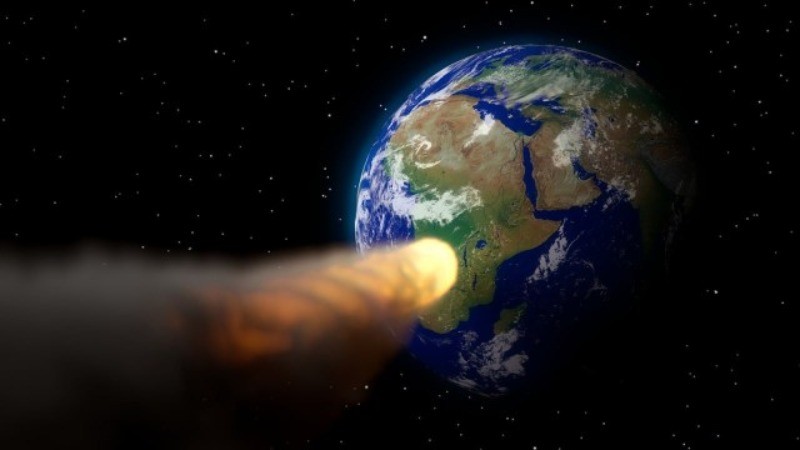
NASA has issued a notice on the approach of three asteroids set to pass Earth between October 26 and 28, 2024. The asteroids—2024 TB2, 2007 UT3, and the larger 2020 WG—pose no threat, providing a valuable opportunity for scientific study and data collection.
Asteroid 2024 TB2: Safe Passage Expected
Asteroid 2024 TB2, about 110 feet wide (similar to a small airplane), is expected to pass Earth at a distance of approximately 731,000 miles on October 26, 2024. While classified as “potentially hazardous,” NASA clarifies that 2024 TB2 will travel well beyond the Moon’s orbit. This close pass will allow scientists to examine its structure and composition in greater detail, contributing valuable insights to planetary science.
Asteroid 2007 UT3: Close Yet Harmless
The next asteroid, 2007 UT3, is about 73 feet wide and will pass at a distance of 4.2 million miles on October 26, 2024. Although designated as “potentially hazardous,” this asteroid will pose no danger to Earth. Scientists aim to examine its materials and trajectory to understand its origins and potential future paths.
Asteroid 2020 WG: The Largest in the Group
On October 28, 2024, asteroid 2020 WG, measuring around 500 feet (equivalent to a tall building), will make its closest approach to Earth. Traveling at a speed of 33,947 kilometers per hour, it will remain approximately 3.33 million kilometers away, well outside any impact risk range. While it qualifies as a potentially hazardous object due to its size and orbit, NASA emphasizes that this asteroid will pass Earth safely.
A hypothetical impact from a 500-foot asteroid like 2020 WG would unleash energy equivalent to millions of tons of TNT. NASA's tracking systems monitor such objects continuously, underscoring the importance of tracking programs.
NASA’s Near-Earth Object Program
Through the Near-Earth Object Program, NASA keeps an eye on thousands of near-Earth objects (NEOs) to assess potential risks. The Jet Propulsion Laboratory (JPL) is actively involved in monitoring these objects. NASA notes that each passing asteroid offers essential data for refining prediction models, which is vital for planetary defense.
Observing these flybys helps scientists study the surface features, spin, and orbital paths of asteroids, improving predictions for future asteroid encounters. While these asteroids are harmless, events like these underscore the ongoing importance of monitoring near-Earth objects, ensuring scientists can detect and plan for any future threats.
SpaceX Crew-8 Astronaut Under Precautionary Care After Historic Mission Return
NASA and China Discuss Collaboration on Moon Rock Sample Analysis